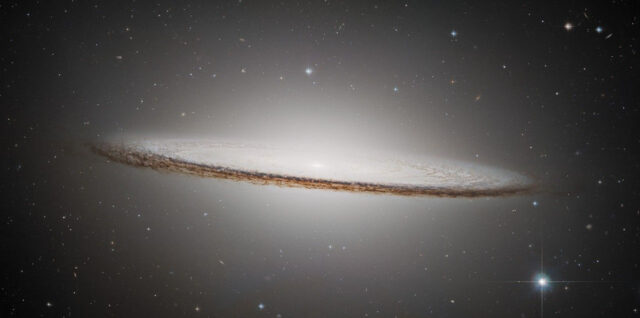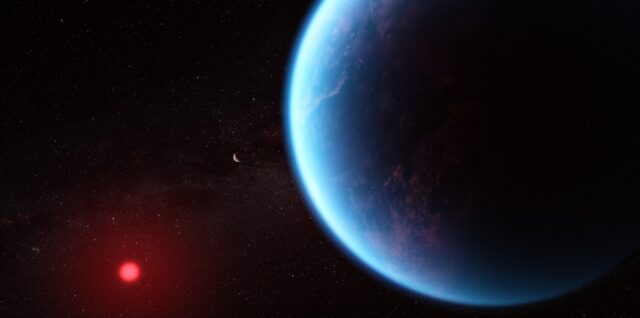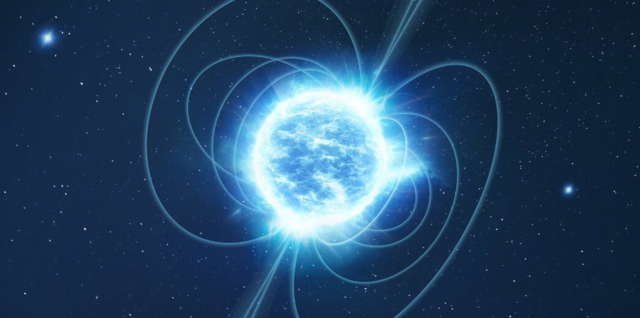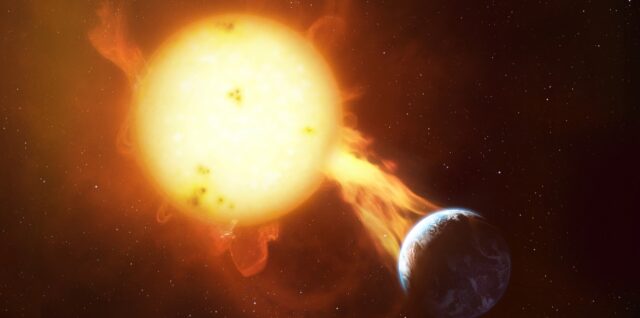Curious isolation: New butterfly species discovered

In the heart of Canada’s Rocky Mountains, an unassuming yet remarkable butterfly has been quietly flying under our scientific radar for years. With a wingspan of an inch to an inch and a half, and wings that are brown on top and grayish brown with black spots below, this population was long thought to belong to the Half-moon Hairstreak (Satyrium semiluna). However, the isolated hairstreak butterflies of Blakiston Fan in Waterton Lakes National Park, Alberta, have now been recognized as a distinct species: Satyrium curiosolus, or the Curiously Isolated Hairstreak.













